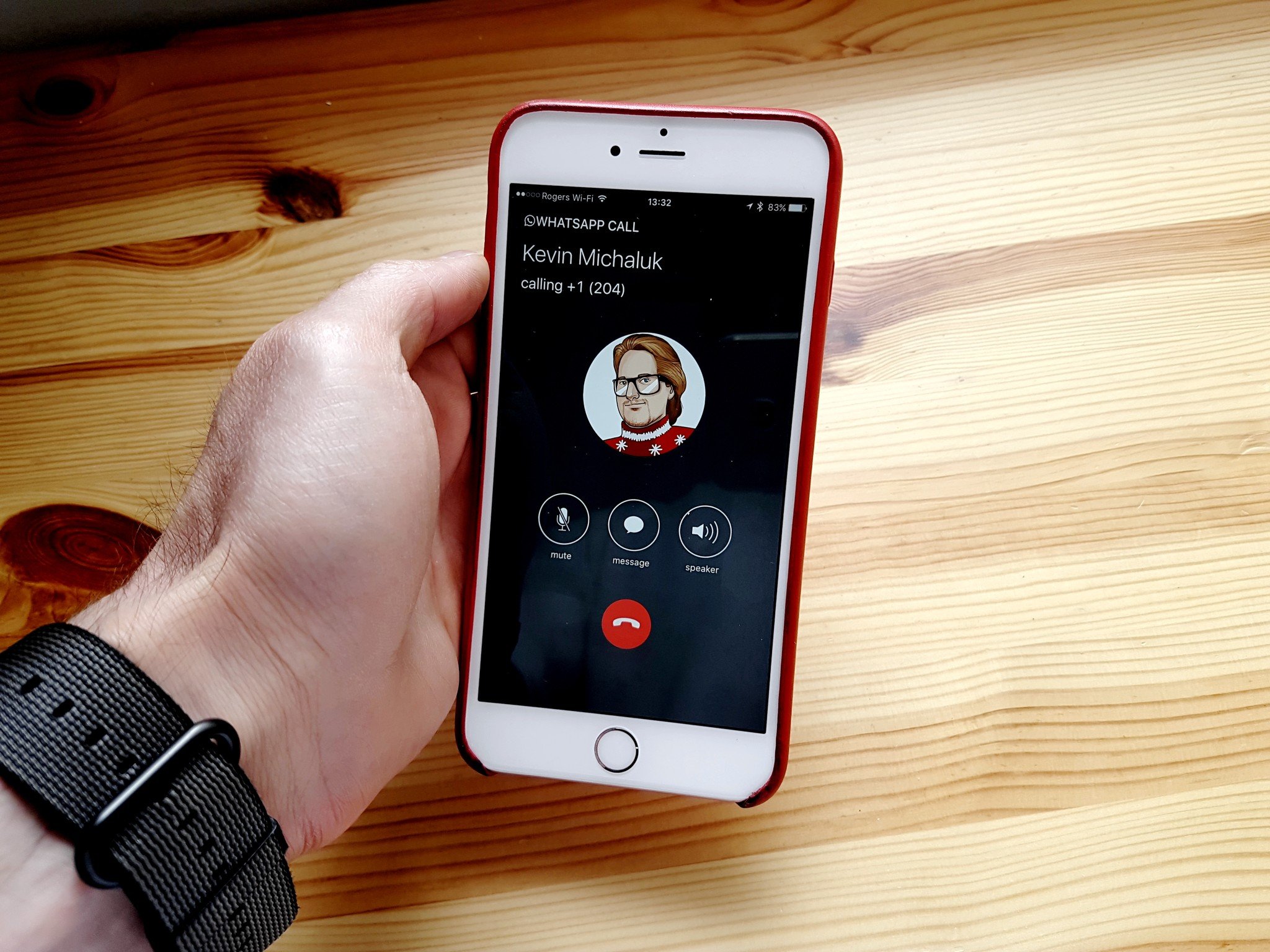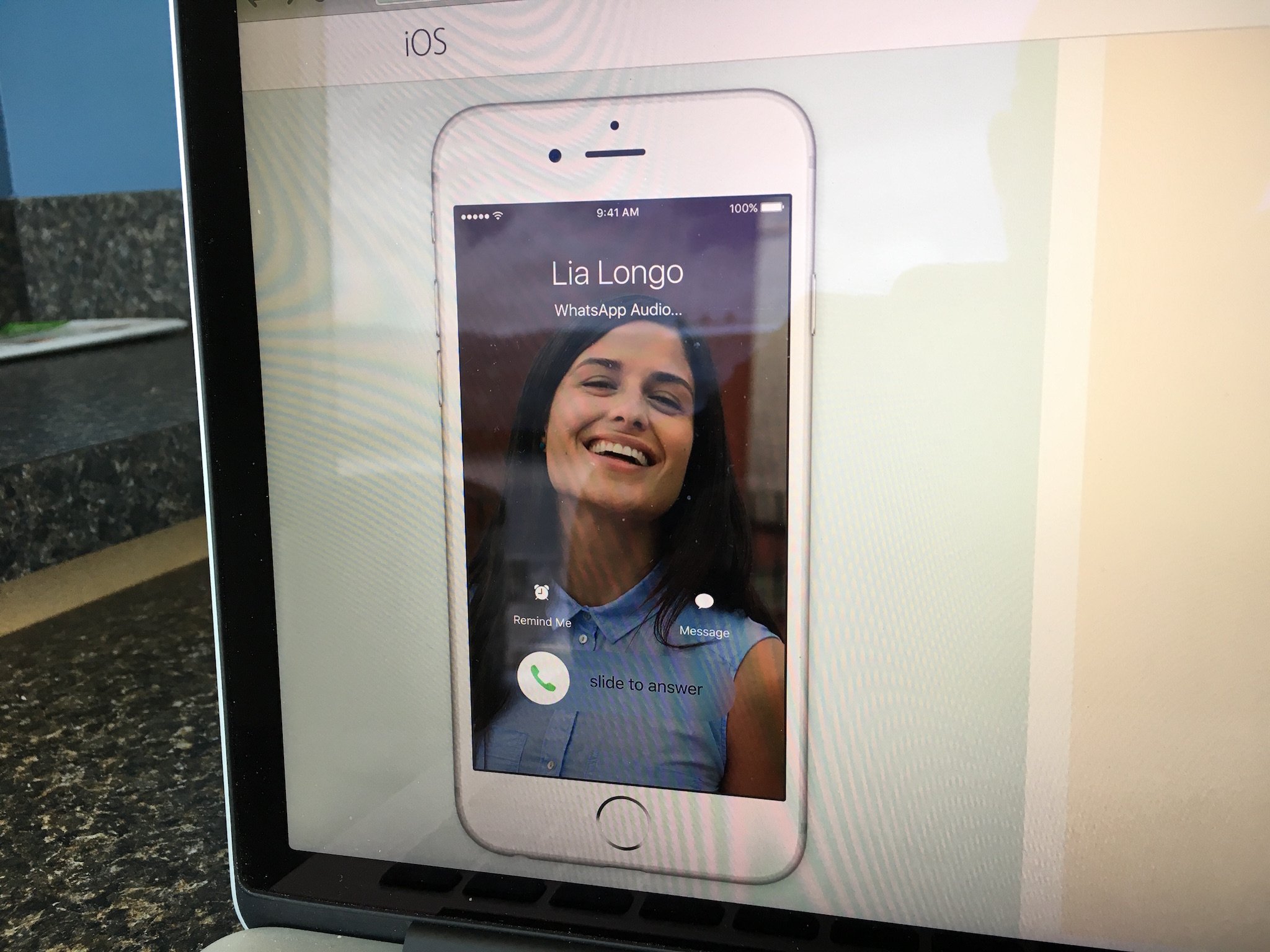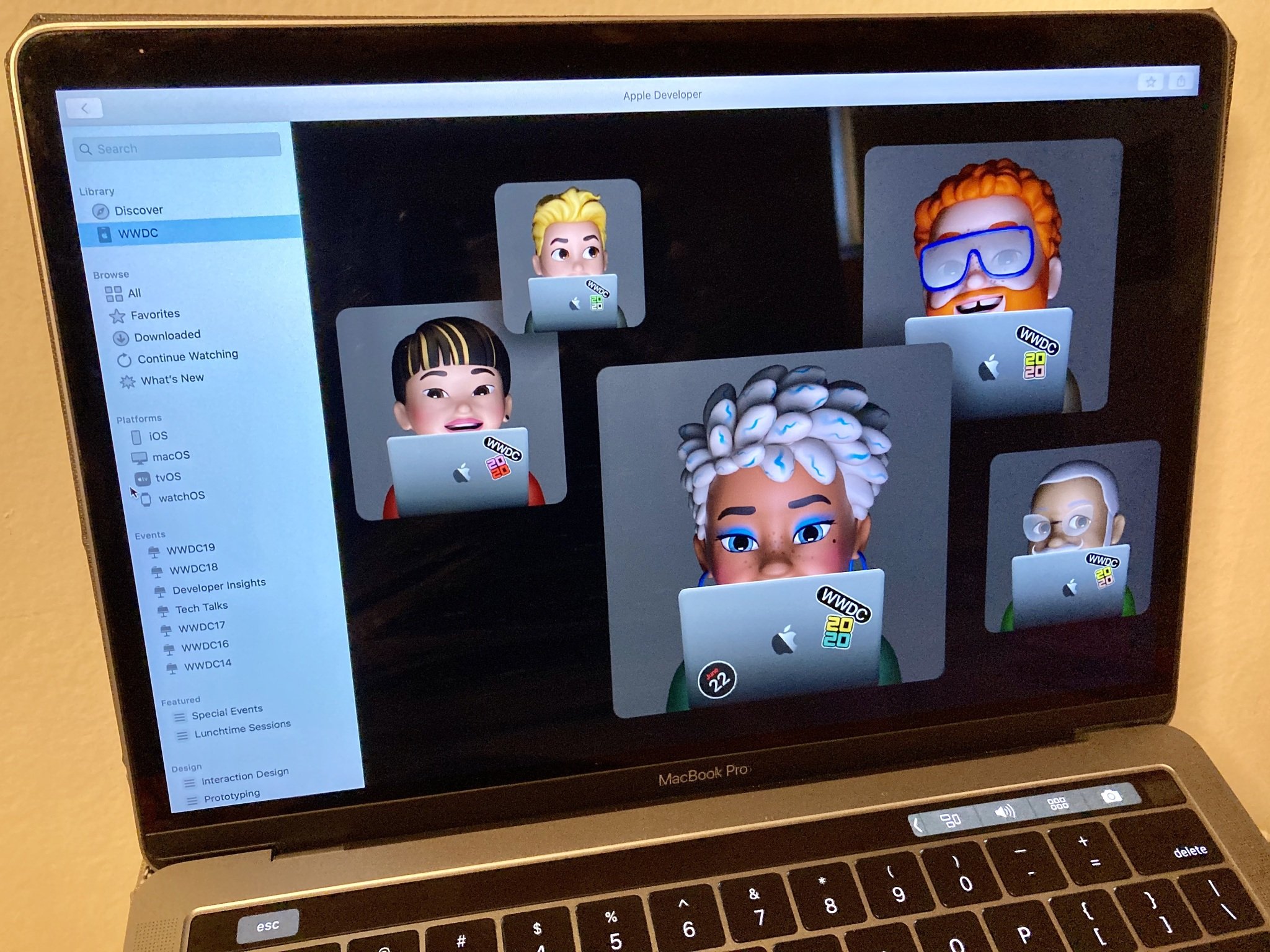With iOS 10, Apple has made the phone carrier less necessary than ever

Apple doesn't like carriers. It tolerates them because it has to, but year after year the company has committed to reducing the prevalence of the network providers in the its plans for the iPhone.
For the first few years, Apple wasn't a semiconductor company, so it used minimally-changed components from Samsung and Qualcomm. Then, in 2010, it introduced the custom-designed A4; three years later, it introduced the world's first 64-bit mobile processor, the A7, a product so ahead of its time that Qualcomm pushed up its own plans for a 64-bit solution for Android users, with disastrous results.
For Apple, carriers continue to be a necessary evil.
Though Apple has managed to reduce its reliance on outside parties in the production, distribution and maintenance of the iPhone, without building its own infrastructure in every country in which it sells, working with the carriers continue to be a necessary evil.

But disruption comes in waves, and with a relatively unsung feature of iOS 10, Apple has once again loosened the proverbial rope. Starting this fall, apps that offer voice calls using myriad Voice Over IP (VoIP) protocols, from Skype to WhatsApp to Facebook Messenger, WeChat, Viber, Tango and many others, will be treated the same, from an operating system perspective, as a FaceTime Audio call or, more importantly, a regular voice call. That means an incoming call from WhatsApp, an increasingly crucial source of low-cost voice communication for people in developing countries, will appear, in full, on the lock screen. Such calls will be logged in the Phone app, with small annotations to suggest they weren't made using traditional means. And perhaps most importantly, people will be able to specify third-party VoIP apps for Favorite callers — so if I prefer to dial my overseas friend using WhatsApp, but my wife using FaceTime Audio, I can do so.
The degree to which the iOS user experience has been untethered from its often-derided default apps is unprecedented in the nine years since the iPhone's release. While APIs for Siri, Maps, and iMessage are no less impressive and essential to the longterm health of iOS as a platform, being able to reduce people's reliance on often-expensive and unnecessary voice components of wireless plans empowers its billion-plus user base, and emboldens customers to pursue lower-cost network solutions.
Let's use Canada as an example. Today, anyone who wants a data plan to use with an iPhone must buy a bundle of wireless minutes as well, which usually come with legacy options like call display and voicemail. But fewer people are making calls in the traditional fashion, and with the proliferation of free IP-based voice calls, many of which are merely checkboxes in an ever-growing feature set of messaging ecosystems, they are an untenable cost burden. With iOS 10, it becomes considerably more feasible to switch to a data-only plan, similar to what is offered for Wi-Fi + Cellular iPads, and transition almost completely to messengers like Skype, WhatsApp and other ubiquitous cross-platform services, for both calls and texts.
With iOS 10, it becomes considerably more feasible to switch to a data-only plan.
Moreover, it allows smaller MVNOs in many countries to offer completely app-based subscription services for phone service, while using a SIM card to resell data from larger providers. This is already a huge business in many parts of Europe, and is increasingly common in the U.S. On iOS 10, a service like Project Fi, which Google has rolled out to its more recent Nexus products, would technically be possible on the iPhone, as it would be able to offer a native app for incoming calls and text messages while maintaining its data reselling opportunity with T-Mobile, Sprint, and U.S. Cellular.
Master your iPhone in minutes
iMore offers spot-on advice and guidance from our team of experts, with decades of Apple device experience to lean on. Learn more with iMore!
Similarly, with the ubiquity of Wi-Fi, some people may be tempted to ditch the SIM card altogether, siphoning their calls, texts and video messages through the many cross-platform apps that no longer rely on the traditional calling model.
Such a move has been a long time coming. Apple was one of the first phone manufacturers to support Voice over LTE and Wi-Fi Calling, two core tenets of next-generation telephony. But both services still largely rely on carrier-specific provisioning, and sit on top of a customer's regular voice bundle. iOS 10 all but makes them a condition of context: WhatsApp doesn't care if someone is connected using LTE or Wi-Fi, since it routes both through the same VoIP protocol, and cycles seamlessly between.
The argument can certainly be made that Android has had these capabilities for years, and it hasn't set the MVNO world on fire. This is true, but the difference between the average Android handset and the iPhone on iOS 10 is focus: Android owners still can't initiate WhatsApp calls from the native dialler, and Google has spent little time incentivizing such integrations. Android's loose tie-ins have engendered a swath of popular messaging apps with their own takes on the outgoing call; iOS 10 makes plain the promise of loosening ties with legacy network voice services.
As with Apple's eSIM, which sowed further carrier discord with its integration in the 9.7-inch iPad Pro, expanded VoIP capabilities in iOS 10 will be slow to effect actual change. But the next time I go up for a plan renewal, I'll feel much more confident that by going data-only I'll still be able to have an iPhone call experience equivalent to, or better, than what I have today — for half the cost.

○ Everything about WWDC 2020
○ WWDC 2020 remote lineup
○ Download the Apple Developer app
○ iOS/iPadOS 14
○ macOS 10.16
○ watchOS 7
○ tvOS 14
○ Discussion forums
Daniel Bader is a Senior Editor at iMore, offering his Canadian analysis on Apple and its awesome products. In addition to writing and producing, Daniel regularly appears on Canadian networks CBC and CTV as a technology analyst.

